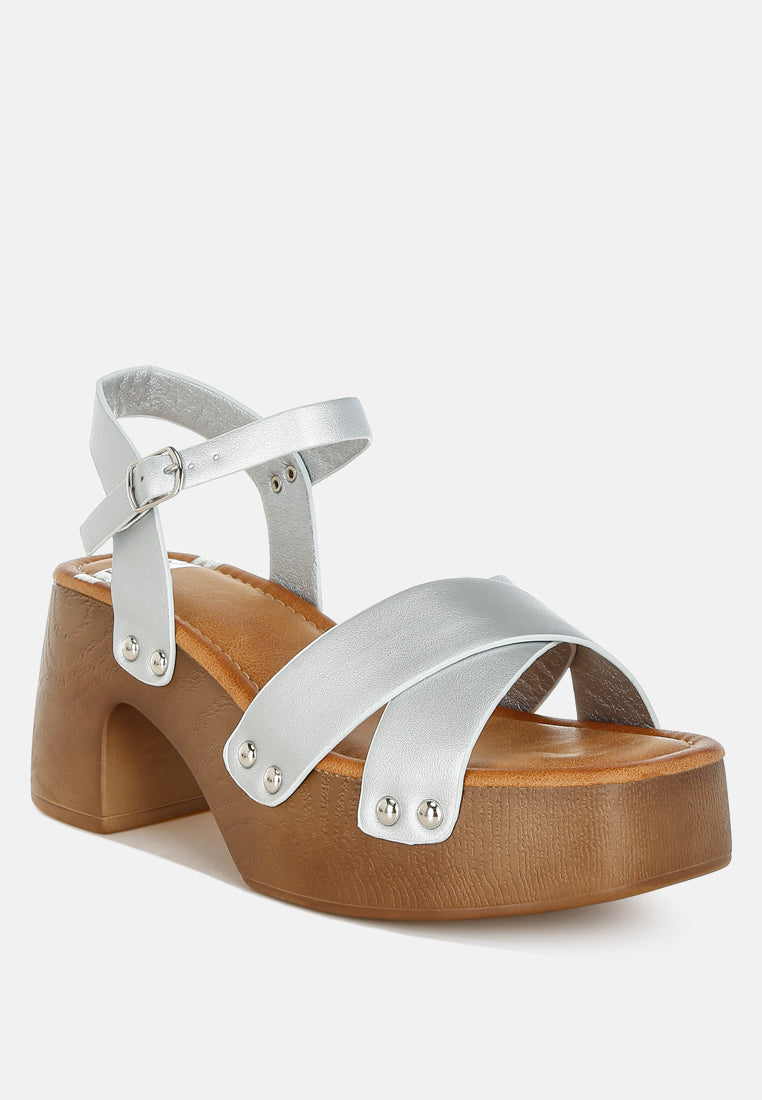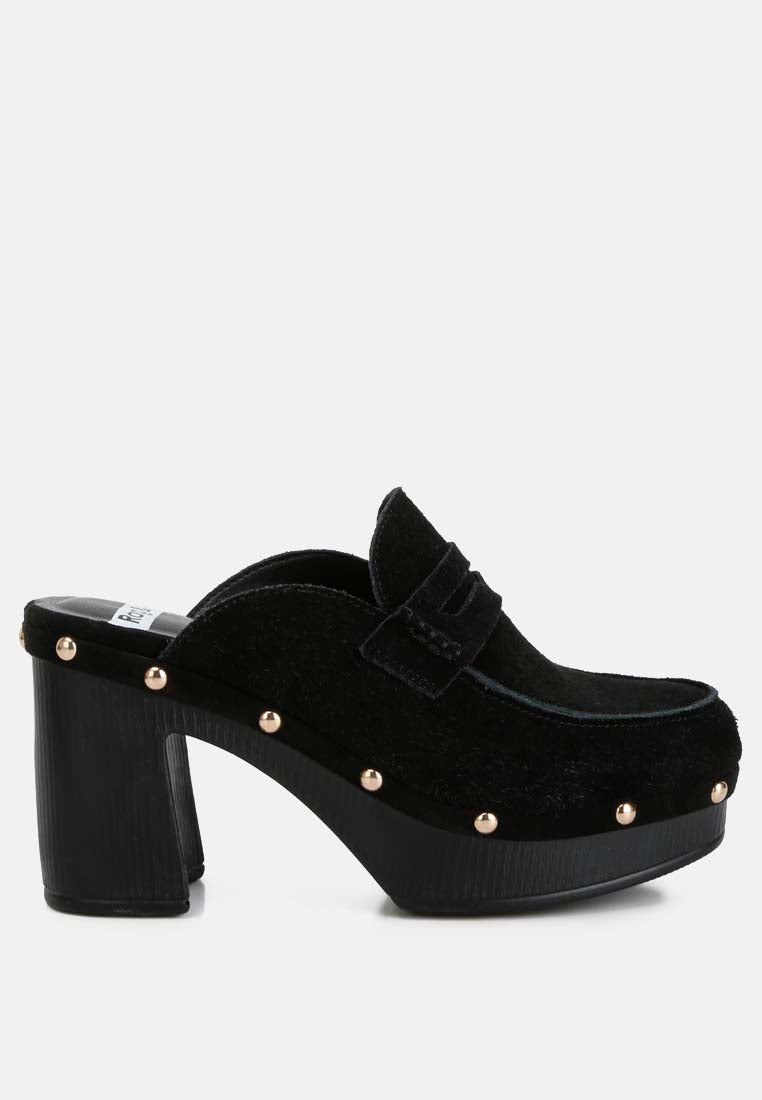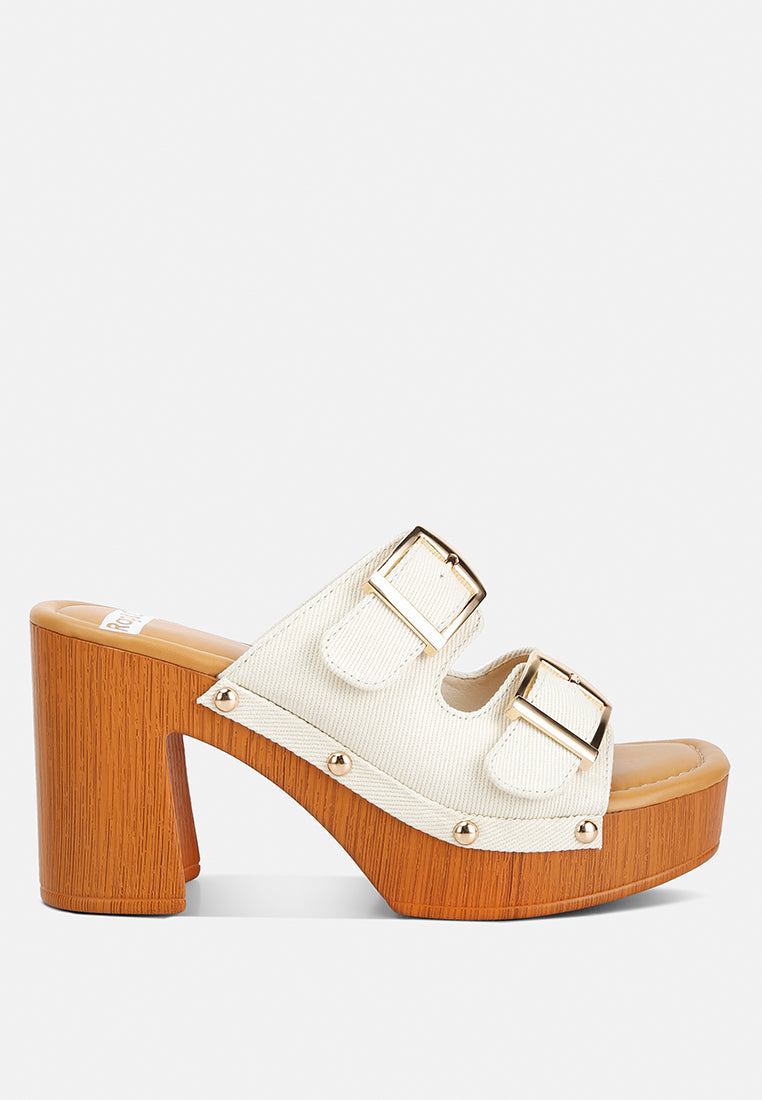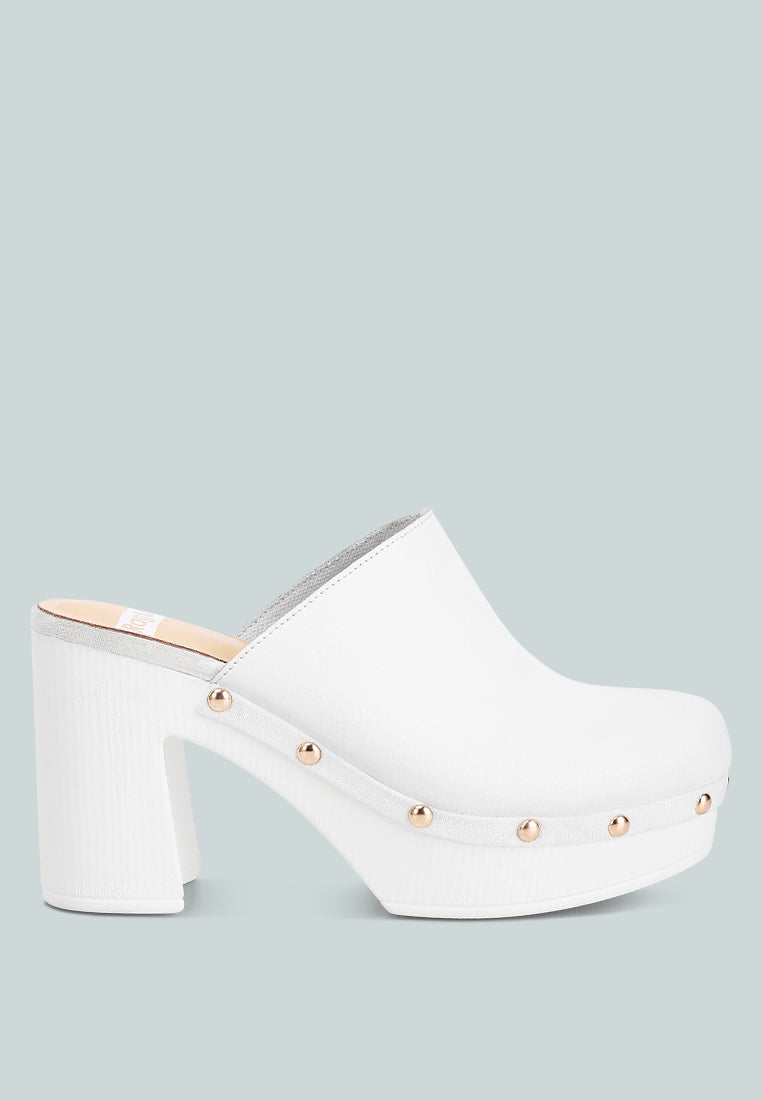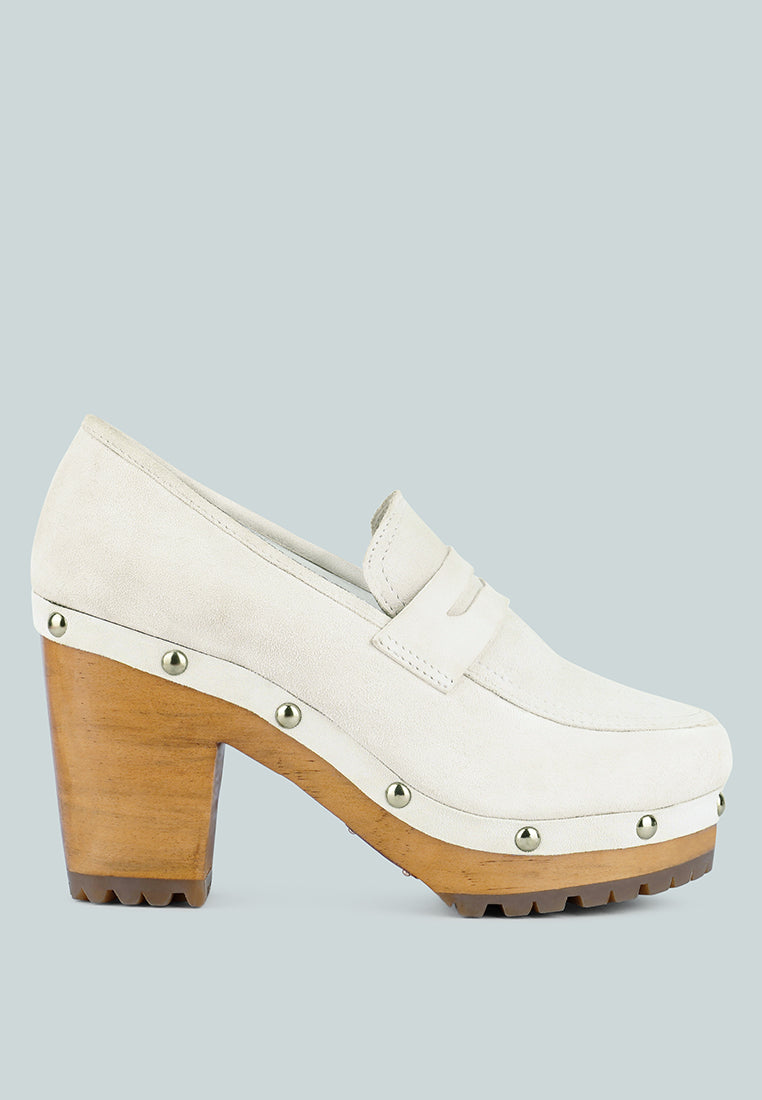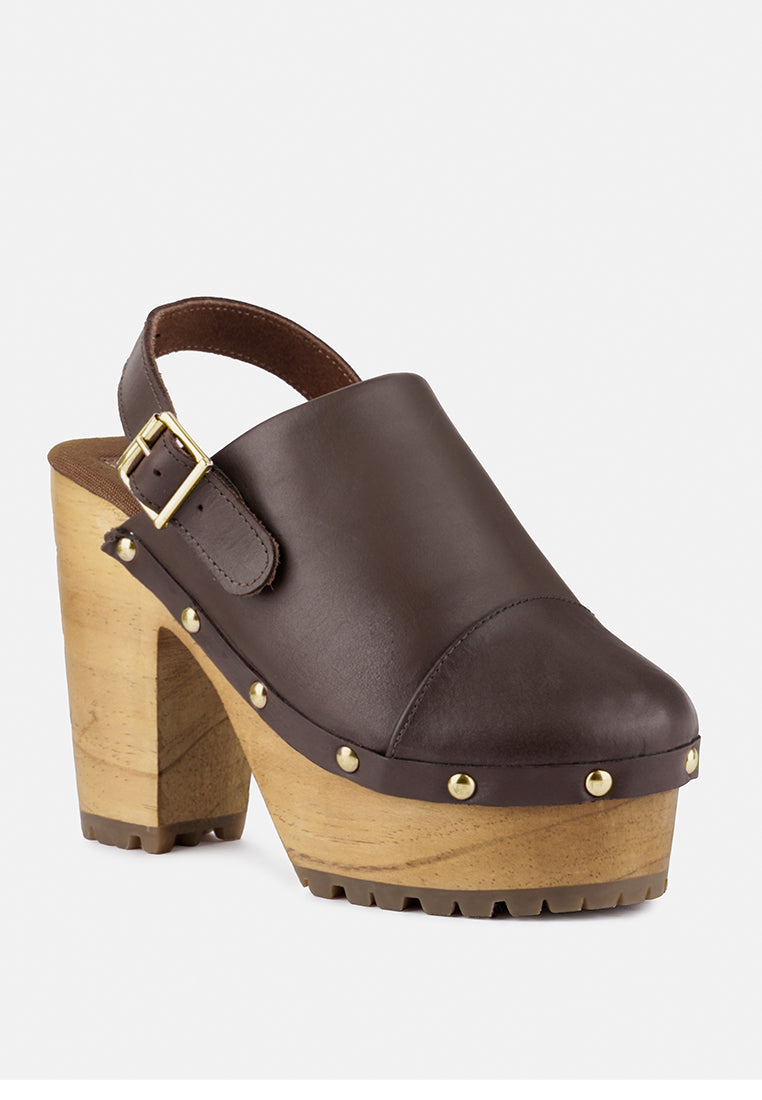Filters
$32.50 With code : NEWYEAR50
$28.50 With code : NEWYEAR50
$28.50 With code : NEWYEAR50
$28.50 With code : NEWYEAR50
$28.50 With code : NEWYEAR50
$28.50 With code : NEWYEAR50
$30.00 With code : NEWYEAR50
$30.00 With code : NEWYEAR50
$30.00 With code : NEWYEAR50
$24.00 With code : NEWYEAR50
$24.00 With code : NEWYEAR50
$30.00 With code : NEWYEAR50
$30.00 With code : NEWYEAR50
$30.00 With code : NEWYEAR50
$38.00 With code : NEWYEAR50
$38.00 With code : NEWYEAR50
$30.00 With code : NEWYEAR50
$42.00 With code : NEWYEAR50
$42.00 With code : NEWYEAR50
$39.50 With code : NEWYEAR50
$27.00 With code : NEWYEAR50
Recently viewed
Clogs, often considered a quintessential piece of traditional footwear, have transcended centuries and cultural boundaries to become a timeless and versatile accessory. Originating from rural Europe, particularly Scandinavia, and the Netherlands, wooden clogs have evolved from simple wooden shoes worn by peasants to stylish and functional footwear embraced by people worldwide. This write-up explores the rich history, craftsmanship, and contemporary appeal of clogs, shedding light on their enduring popularity.
...Historical Roots:
The history of clogs shoes can be traced back to the medieval period when peasants sought durable and protective footwear for laborious tasks in agriculture and manual trades. The earliest clogs were crafted from a single block of wood, providing a robust and reliable covering for the foot. Over time, variations emerged across different regions, reflecting the local craftsmanship and cultural nuances. In Scandinavia, for instance, the clogs were known as "troskor" and were characterized by intricate carvings, showcasing both utility and artistry.
Craftsmanship and Materials:
One of the distinctive features of clogs is the craftsmanship involved in their creation. Traditional clogs are made from a solid piece of wood, usually alder, willow, or poplar. The wood is carefully hollowed out to create the shape of the foot, providing comfort and stability. The upper part, or vamp, may be made from leather or other materials, often embellished with decorative elements.
Clog-making is a skilled craft that has been passed down through generations. Artisans meticulously carve and shape the wood, creating a product that is not only functional but also a testament to their craftsmanship. The intricacies of the carving and the choice of materials contribute to the unique character of each pair of clogs.
Evolution and Global Influence:
While clogs shoes have deep roots in European history, their popularity has expanded globally. In the mid-20th century, clogs for women experienced a resurgence in fashion, becoming a symbol of counterculture and bohemian style. This revival brought about innovations in design, with clogs now available in a variety of styles such as platform clogs, materials, and colors. Modern clogs can feature heels, platforms, and even open-toe designs, catering to diverse fashion preferences.The functional design of clogs also played a role in their global appeal. The wooden sole, providing a sturdy and supportive base, is not only comfortable but also durable. Many contemporary womens clogs incorporate functional features and advanced materials to enhance comfort, making them suitable for everyday wear.
Cultural Significance:
Clogs hold cultural significance in various parts of the world. In the Netherlands, for example, traditional wooden clogs are associated with rural life and are often featured in folklore and festivals. In Sweden, clogs are considered a symbol of craftsmanship and are worn proudly during cultural events. Embraced by both men and women, clogs have become a unisex fashion statement, transcending gender norms and expectations.
In conclusion, clogs are more than just footwear; they are a testament to the intersection of history, craftsmanship, and contemporary fashion. From their humble origins as practical work shoes to their current status as a global fashion staple, womens clogs have undergone a remarkable transformation. The enduring appeal of clogs lies not only in their timeless design but also in the cultural and artistic elements woven into each pair. As we continue to appreciate the fusion of tradition and modernity, clogs stand as a testament to the resilience and adaptability of fashion across generations.







